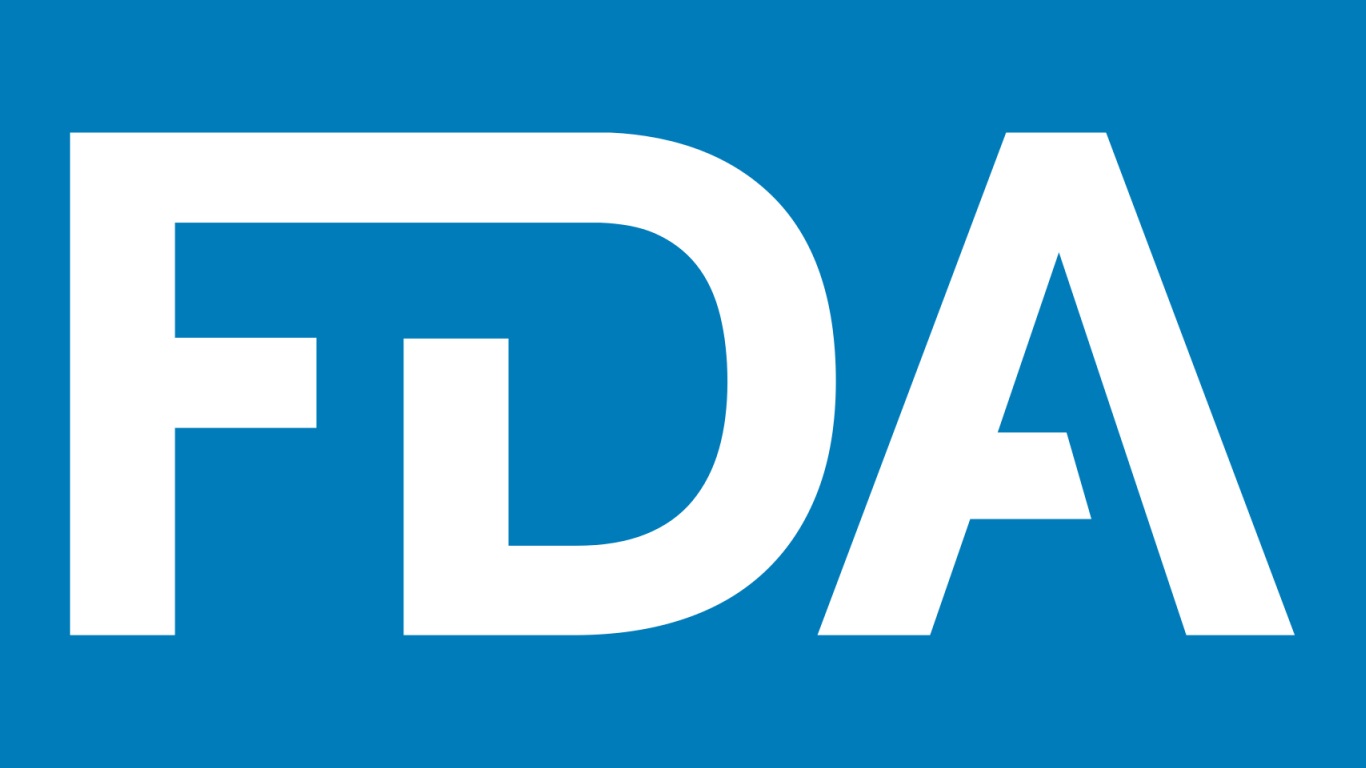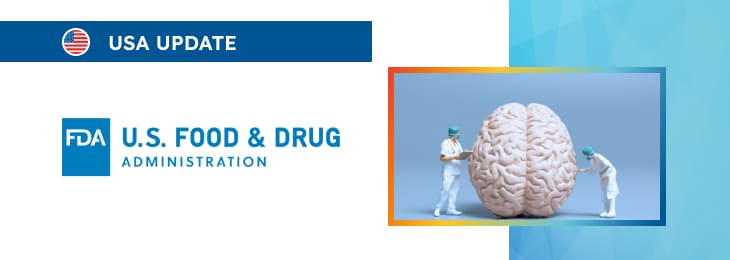The article provides a general overview of the existing legal framework related to safety studies involving specific types of medical devices.

Table of content
The Food and Drug Administration (FDA or the Agency), the US regulating authority in the sphere of healthcare products, has published a guidance document dedicated to considerations for long-term clinical neurodevelopmental safety studies in neonatal product development. The document provides an overview of the applicable regulatory requirements, as well as additional clarifications and recommendations to be taken into consideration by medical device manufacturers, as well as the parties responsible for clinical studies (sponsors) in order to ensure compliance.
At the same time, provisions of the guidance are non-binding in their legal nature, nor are they intended to introduce new rules or impose new obligations. Moreover, the authority explicitly states that an alternative approach could be applied, provided such an approach is in line with the existing legal framework and has been agreed with the authority in advance.
Introduction
The primary objective of this guidance is to provide a comprehensive framework for determining when and what types of long-term neurological, sensory, and developmental evaluations may be necessary to ensure the safety of medical products, such as drugs, biological products, or devices, used in neonates. These evaluations are crucial for assessing potential risks associated with the use of these products in this highly sensitive population.
The focus is specifically on the long-term evaluation of neurodevelopmental safety. However, this guidance does not get into issues related to the effectiveness or benefit-risk assessments of products primarily aimed at improving neurological outcomes, such as neuroprotective agents.
While the development of medical products for neonates often involves considerations for toxicity in various tissues and organs, the specific focus here is on neurodevelopmental safety, leaving other assessments beyond the scope of this guidance. This document also does not cover nonclinical safety studies, clinical pharmacology planning, or safety assessments during pregnancy, nor does it address advanced treatments like gene therapy or genomic medicine interventions.
As it is explicitly stated by the authority, FDA guidance documents are not legally binding but provide insight into the Agency’s current thinking on specific topics. Therefore, they should be viewed as recommendations, unless specific statutory or regulatory requirements are mentioned.

Regulatory Background
The legislative backdrop for this guidance is grounded in the Best Pharmaceuticals for Children Act (BPCA) and the Pediatric Research Equity Act (PREA), which were made permanent through the Food and Drug Administration Safety and Innovation Act (FDASIA) in 2012. These provisions encourage the development of medical products for neonates, a population that historically has been underserved in terms of drug approvals and long-term safety evaluations.
Medical interventions in neonates take place during a critical phase of physiological development, where growth and organ maturation are rapidly occurring. Short-term safety evaluations, which are typically used in adults or older children, may not be adequate for neonates because certain adverse effects may not manifest immediately but can appear later in life.
This gap in knowledge has been a significant issue because many medical products used to treat neonates and young infants were not originally approved for this population, resulting in a lack of systematic evaluation of long-term outcomes. When conducting studies in neonates, clinical investigators and sponsors should be mindful of both short- and long-term effects.
This applies to new therapies as well as products already approved for other populations but being repurposed for neonatal use. An example of this is the administration of high-dose corticosteroids for bronchopulmonary dysplasia in infants, where short-term clinical improvements may be followed by unanticipated long-term harms.
Although neurological assessments, such as neuroimaging or electroencephalography, can offer early insights into safety, they are not substitutes for direct clinical evaluations of long-term functional outcomes.
Considerations for Long-Term Evaluations
One of the challenges in long-term neurodevelopmental assessments is the lack of a universal definition of “long-term”. For the purposes of this guidance, long-term is generally considered to extend at least until the child reaches two years of age, or until the time when key neurodevelopmental parameters can be reasonably evaluated.
However, the exact duration of follow-up will vary based on factors specific to the product being evaluated and the population under consideration. Prospectively designed long-term follow-up studies are often necessary to fully understand the safety profile of medical products in neonates.
This is particularly important given the unique physiological and developmental characteristics of neonates, especially preterm infants. Conditions like necrotizing enterocolitis and retinopathy of prematurity are specific to neonates and have no direct analogs in older children or adults.
As such, medical products developed for these conditions require specialized development programs that not only address immediate clinical needs but also consider long-term neurodevelopmental safety. It is essential for neonates to have access to medical products that have been rigorously evaluated for safety, effectiveness, and appropriate dosing.
In some cases, this will involve the inclusion of neonates in clinical studies for products that were initially developed for older populations but have potential use in neonates. These studies should also incorporate long-term safety evaluations to ensure that adverse effects that may manifest later in life are not overlooked.
Specific Domains of Neurodevelopmental Assessment
Determining which domains of neurodevelopment should be evaluated in long-term safety studies is one of the most important aspects addressed in this guidance. Neurological, sensory, and developmental evaluations are essential for assessing potential harm to neonates exposed to medical products during this critical period.
However, the specific domains that are most relevant will depend on the characteristics of the product being evaluated and the condition it is intended to treat. Neurological assessments may include evaluations of motor and cognitive development, as well as assessments of sensory functions such as vision and hearing.
Developmental milestones, such as language acquisition and social interaction, should also be closely monitored. Additionally, behavioral and emotional development should be assessed, as these areas may be affected by early exposure to medical interventions.
The guidance also highlights the importance of incorporating standardized and validated assessment tools in these evaluations. This ensures that the data collected are robust and comparable across studies, which is particularly important when trying to assess long-term outcomes in a population as vulnerable and variable as neonates.
Conclusion
IIn summary, this guidance provides a framework for considering long-term neurodevelopmental, sensory, and developmental evaluations in neonates exposed to medical products. The recommendations provided therein are intended to ensure that these products are rigorously assessed for safety over both the short and long term, recognizing the unique physiological and developmental characteristics of the neonatal population. As it is stated by the FDA, neonates should have access to medical products that have been thoroughly evaluated for both immediate and delayed effects. This requires carefully designed studies that not only focus on short-term clinical outcomes but also consider the potential for long-term harm. Through the use of standardized assessment tools and long-term follow-up, researchers can better understand the safety of medical products in neonates, ultimately improving care for this vulnerable population.
How Can RegDesk Help?
RegDesk is an AI-powered Regulatory Information Management System that provides medical device companies with regulatory intelligence for over 120 markets worldwide. It can help you prepare and publish global applications, manage standards, run change assessments, and obtain real-time alerts on regulatory changes through a centralized platform. Global expansion has never been this simple.

